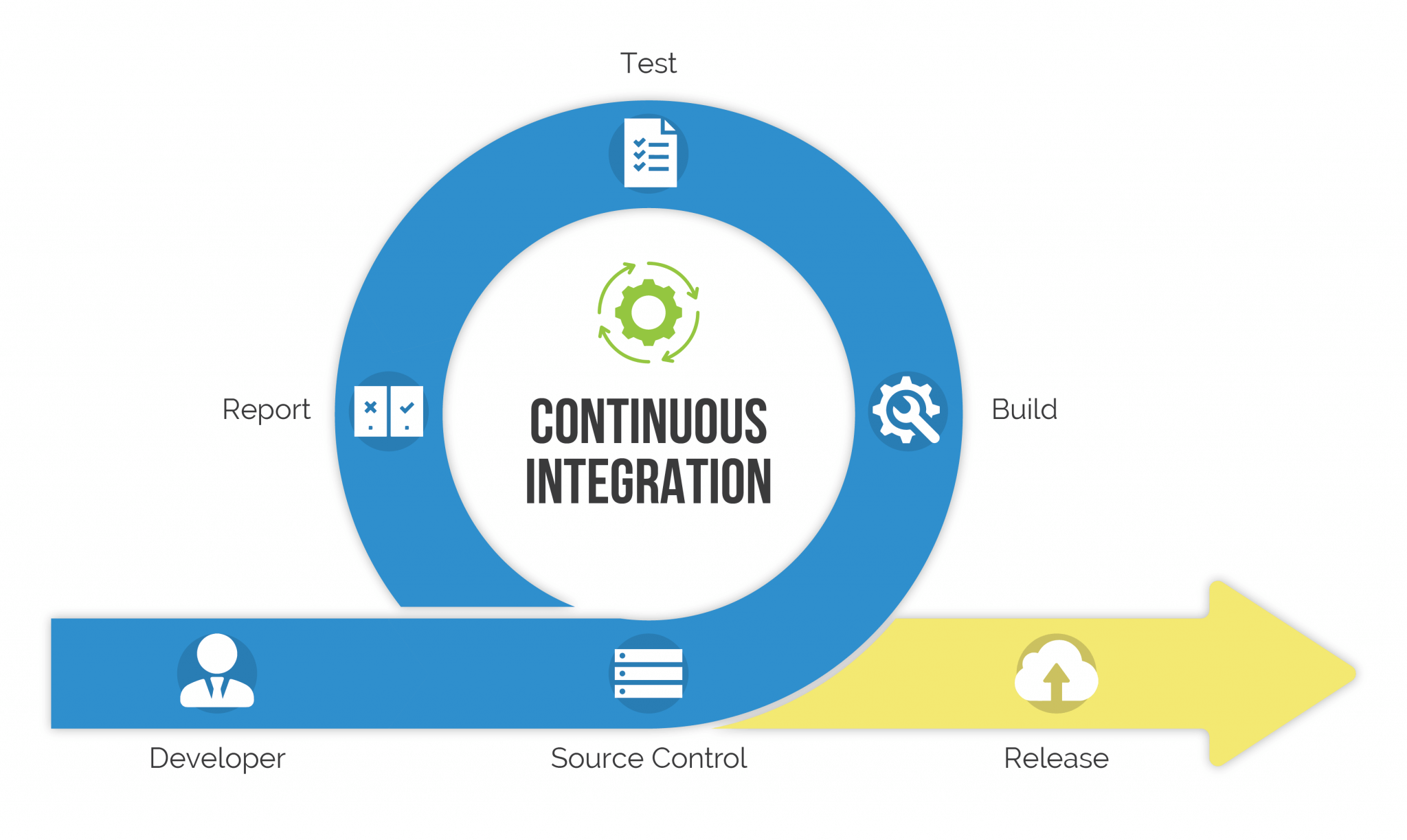Continuous Integration and Deployment in Drupal: Modern Workflows for Efficient Development

Continuous Integration (CI) and Continuous Deployment (CD) have fundamentally transformed the development landscape, especially for platforms like Drupal. Implementing these practices streamlines the development process, reduces errors, and ensures faster delivery of features or fixes to live environments. Here's a dive into CI/CD for Drupal and how modern workflows are reshaping Drupal development.
1. What is CI/CD?
Continuous Integration (CI): CI emphasizes integrating code from multiple contributors into a shared repository several times a day. Automated tests are then run to catch bugs or integration issues.
Continuous Deployment (CD): CD takes the code from your repository and deploys it automatically into the production environment, ensuring that you can release new updates quickly.
2. Benefits of CI/CD for Drupal Development
- Faster Release Cycles: Automated testing and deployment accelerate the development cycle, enabling faster release of features.
- Reduced Errors: Automated tests in the CI phase mean fewer bugs make it to the production site.
- Efficient Collaboration: With multiple developers contributing, CI/CD ensures smooth integration of code with fewer conflicts.
- Rapid Feedback: Developers get instant feedback after code commits, enabling quick fixes.
3. Key Components & Tools
- Version Control System: Git, often in conjunction with platforms like GitHub or Bitbucket, tracks code changes and facilitates collaboration.
- Testing Tools: PHPUnit, Behat, and SimpleTest are popular for Drupal to ensure code quality.
- Integration and Deployment Platforms: Jenkins, Travis CI, and CircleCI are popular choices for automating the CI/CD process.
- Configuration Management: Drupal’s configuration management system ensures consistent configurations across development, staging, and production environments.
4. Setting up CI/CD for Drupal
1. Set up a version control system (preferably Git) and ensure every developer commits to this centralized repository.
2. Configure automated tests to run on every commit. Use Drupal's testing frameworks or third-party tools.
3. Integrate with CI platforms like Jenkins or Travis CI to trigger tests and deployments automatically.
4. Use configuration management in Drupal to capture configuration changes, ensuring consistency across environments.
5. Ensure that the production database and content don't get overwritten during deployment. Use strategies like the drush rsync and drush sql-sync commands judiciously.
6. Set up a staging environment identical to production to test features before the final deployment.
5. Best Practices
- Environment Parity: Ensure your development, staging, and production environments are consistent.
- Rollback Strategy: Always have a plan to revert changes if something goes wrong during deployment.
- Regular Updates: Given Drupal's commitment to security, regular updates are crucial. CI/CD makes the update process smoother.
- Include Database in CI: Ensure that the database schema and content work as expected with new code changes.
6. Challenges and Solutions
- Overwriting Live Content: When deploying configuration changes, there's a risk of overwriting live content. Solutions include the Config Split module or using the Features module strategically.
- Complexity: Setting up CI/CD can be complex, but the long-term benefits in terms of efficiency and error reduction are worth the effort.
Conclusion
Incorporating CI/CD into Drupal development can profoundly transform how teams build, test, and deploy. With immediate feedback, reduced errors, and faster release cycles, Drupal projects become more agile, efficient, and resilient in a rapidly evolving digital landscape.










